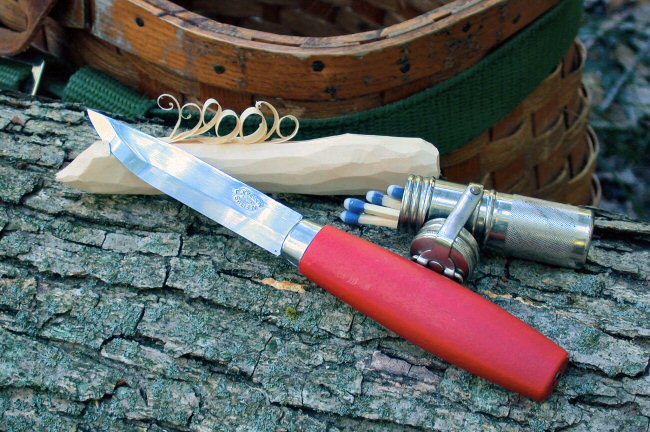tomtom said:
... cut downward shaving off the ridges of the wood.. each time you make a shaving it should create two more ridges continue with these.
I'm glad this thread has come up... I was going to post a question about this specific point.
In Kochanski's book "Bushcraft", there's a diagram describing featherstick making in which he writes that "shavings must be in one plane" (I'm sure no pun intended with the plane/shavings association)
I took this to mean that the shavings should be taken from one side of the stick rather than from the entire circumference. I think I took this too literally, and kept shaving from the exact spot, which became very difficult after a few feathers as I was tring to shave a curl off a broad surface.
Last night (I practice when I make fires for our woodburning stove) I realized exactly what tomtom describes here, that with every shaving you create two small corners or ridges at the boundaries of the shaved site. The next feather is shaved from one of those, and so forth. You can still remain on one side of the stick, just turning a few degrees either way after each shaving.
This isn't described in any of the multiple books that I have on outdoors/bushcraft. Perhaps it is intuitive for others.
Is this how others do it?
Mike



